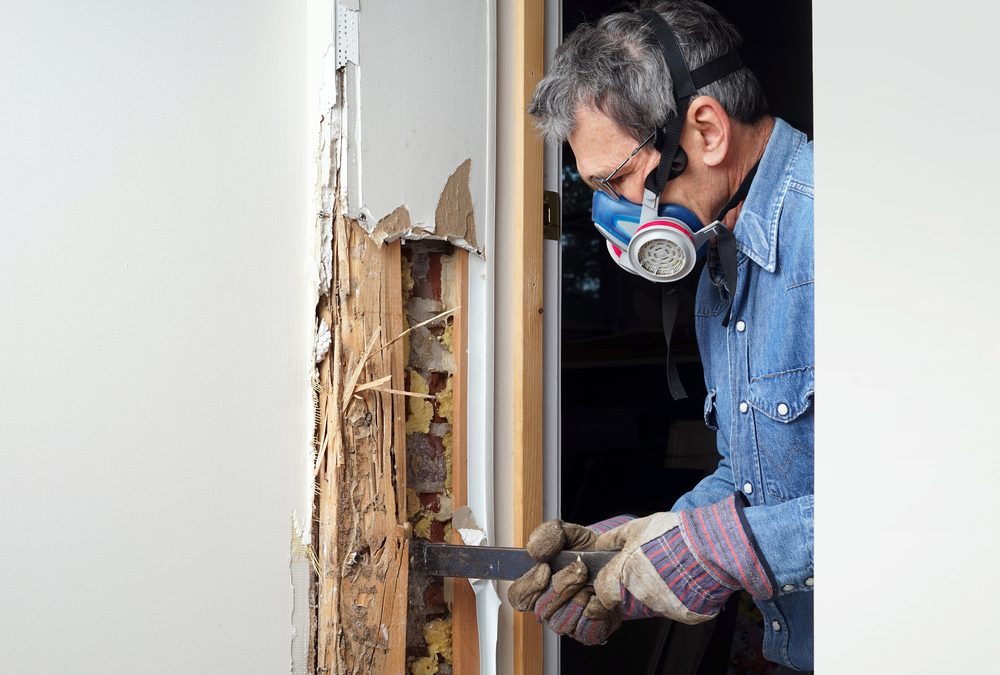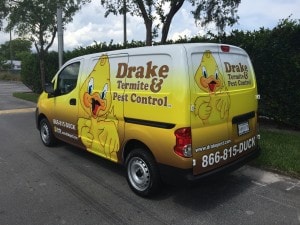Pests are an inevitable reality for homeowners. However, in addition to common pests, one of the more destructive presences that homeowners might neglect to look out for are termites.
Termites can cause plenty of significant problems when it comes to property damage. More often than not, it could already be too late by the time you discover the termite infestation. The best way to keep yourself safe and incur less costs and damage is to actively look out for signs and protect your home with termite control Orlando services.
Being proactive and aware of what to look out for are vital defenses in the fight against termites. Keep reading if you want to learn how to find termites.
Signs of Termite Infestations
Termites are hardy creatures, and can often be found living on your property or inside the home for an extended period of time before detection. That is not what we want. Whether it’s the termites that love to burrow deep into wooden structures or the ones that make their home underground, there are signs that can betray their presence.
Swarms
One of the surest ways to root out termites is to look out for swarms. Depending on the species and the prevailing weather conditions, you should be able to spot such swarms one or two times in a year. If you see these swarms near or worse, inside the house, you have some cause for alarm.
Shed wings are also a key piece of evidence. Once swarms take to the air, they often shed their wings. If you find small piles of wings around the house, particularly around window sills, then you will need to consider taking action.
Mud Tubes
Subterranean termites use mud tubes to connect their colonies to the food source. Made up of soil, wood, and debris, these tubes help to protect the termites from predators and to conserve moisture. If you see these pencil-sized mud tubes, it is time to look even more closely at your property.
Droppings
Another sign of termites nesting nearby, consumption of wood means that drywood termites will leave behind frass or droppings. If you see such fecal matter, it can often point towards a nearby termite infestation.
Damp/Blistered/Damaged Wood
Termites have a fondness for moisture, and can often be found in a moist habitat. These areas can be right next to the foundations, below gutters that leak, or even near your bushes. Be on the lookout for mud or dried dirt near such areas.
Of course, when termites go about their business, it is going to cost damage to wooden structures. The feeding activities can cause wood flooring to appear to have blisters that resemble water damage. This is due to the damage caused to the subfloor.
The way termites feed will also weaken the wood and cause structural damage. This is due to the long grooves that are left behind after eating. As time passes, the wood is weakened and damage becomes more visible.
If you detect excessively noisy or buckling floorboards, wood that appears to be crumbling and damaged, or even maze-like patterns on furniture, floors, or even the walls, those are other signs that you should consider bringing in the experts to handle the termite problem.
Conclusion
When it comes to termites, it is likely that detection will only come after a prolonged period of infestation. This could spell disaster for property owners. Regular inspections will go a long way in keeping them at bay. The sooner you are able to root out the infestation, the better it is for you in the long run. Let the experts do their job, and save you from potential disaster.
Brandon is the President of Drake Lawn and Pest Control in Orlando, FL . He has over 30 years experience in the Orlando Pest Control Industry. He attributes his achievements to living by these rules: continuous training and education, providing honest work and striving for the pursuit of perfect service.



